How To Get Rid Of Yellow Nutsedge For
Yellow nutsedge is a common weed that can be difficult to control. It has a triangular stem and yellow leaves, and it can grow in a variety of soil conditions. Yellow nutsedge can spread quickly, and it can crowd out your lawn or garden plants.
There are a few different ways to get rid of yellow nutsedge. You can use a herbicide, remove the weeds by hand, or try a more natural method.
Herbicides
Herbicides are the most effective way to get rid of yellow nutsedge. There are a number of different herbicides available, both selective and non-selective. Selective herbicides will only kill yellow nutsedge, while non-selective herbicides will kill all plants they come into contact with.
If you choose to use a herbicide, it is important to read the label carefully and follow the directions. You should also wear protective clothing when applying the herbicide.
Hand Removal
If you do not want to use a herbicide, you can remove yellow nutsedge by hand. This is a more labor-intensive method, but it is effective.
To remove yellow nutsedge by hand, you will need to dig up the entire plant, including the roots. This can be difficult, as the roots of yellow nutsedge are often long and tough.
Natural Methods
There are a few natural methods that you can try to get rid of yellow nutsedge. One method is to pour boiling water on the weeds. This will kill the plants, but it may not kill the roots.
Another natural method is to use vinegar. Mix equal parts vinegar and water in a spray bottle, and then spray the weeds. This will kill the plants, but it may not kill the roots.
Conclusion
Yellow nutsedge can be a difficult weed to control, but there are a number of methods that you can try. If you are having trouble getting rid of yellow nutsedge, you may want to consult with a professional lawn care company.
visit Garden Wiki for more information about this weed and how to control it.
FAQ of yellow nutsedge
- What is yellow nutsedge?
Yellow nutsedge is a perennial weed that is common in lawns, gardens, and other areas with moist soil. It is a member of the sedge family and is known for its triangular stems, yellow flowers, and underground tubers. Yellow nutsedge can be a difficult weed to control, as it spreads quickly and is resistant to many herbicides.
- How does yellow nutsedge grow?
Yellow nutsedge grows from underground tubers. These tubers can produce new shoots, even if the above-ground plant is killed. Yellow nutsedge can also spread by its rhizomes, which are underground stems that can grow several feet long.
- How do I control yellow nutsedge?
There are a number of ways to control yellow nutsedge. Some of the most effective methods include:
* Hand pulling: This is the most effective way to control yellow nutsedge, but it can be time-consuming and labor-intensive. When hand pulling, be sure to remove the entire tuber, as even a small piece can regenerate a new plant.
* Solarization: This method involves covering the affected area with clear plastic for several weeks. The heat from the sun will kill the yellow nutsedge tubers.
* Herbicides: There are a number of herbicides that can be effective against yellow nutsedge. However, it is important to choose a herbicide that is labeled for use on yellow nutsedge, as many herbicides will not be effective.
- What are the symptoms of yellow nutsedge infestation?
The presence of yellow nutsedge in your lawn or garden can be indicated by the following symptoms:
* Triangular stems: Yellow nutsedge has triangular stems that are typically 1-2 inches in diameter.
* Yellow flowers: Yellow nutsedge flowers are small and yellow. They typically bloom in the summer.
* Underground tubers: Yellow nutsedge spreads by underground tubers. These tubers can be difficult to see, but they can be found by digging in the soil.
- How can I prevent yellow nutsedge infestation?
There are a number of things you can do to prevent yellow nutsedge infestation, including:
* Keep your lawn or garden well-drained. Yellow nutsedge prefers moist soil, so keeping your lawn or garden well-drained will help to reduce the risk of infestation.
* Avoid overwatering. Overwatering can also create conditions that are favorable for yellow nutsedge growth.
* Remove any weeds that you see. This includes yellow nutsedge and other weeds that are related to yellow nutsedge.
Image of yellow nutsedge
- Image 1: A close-up of a yellow nutsedge plant. The plant has a triangular stem and three-leafed blades. The leaves are shiny and hairless.
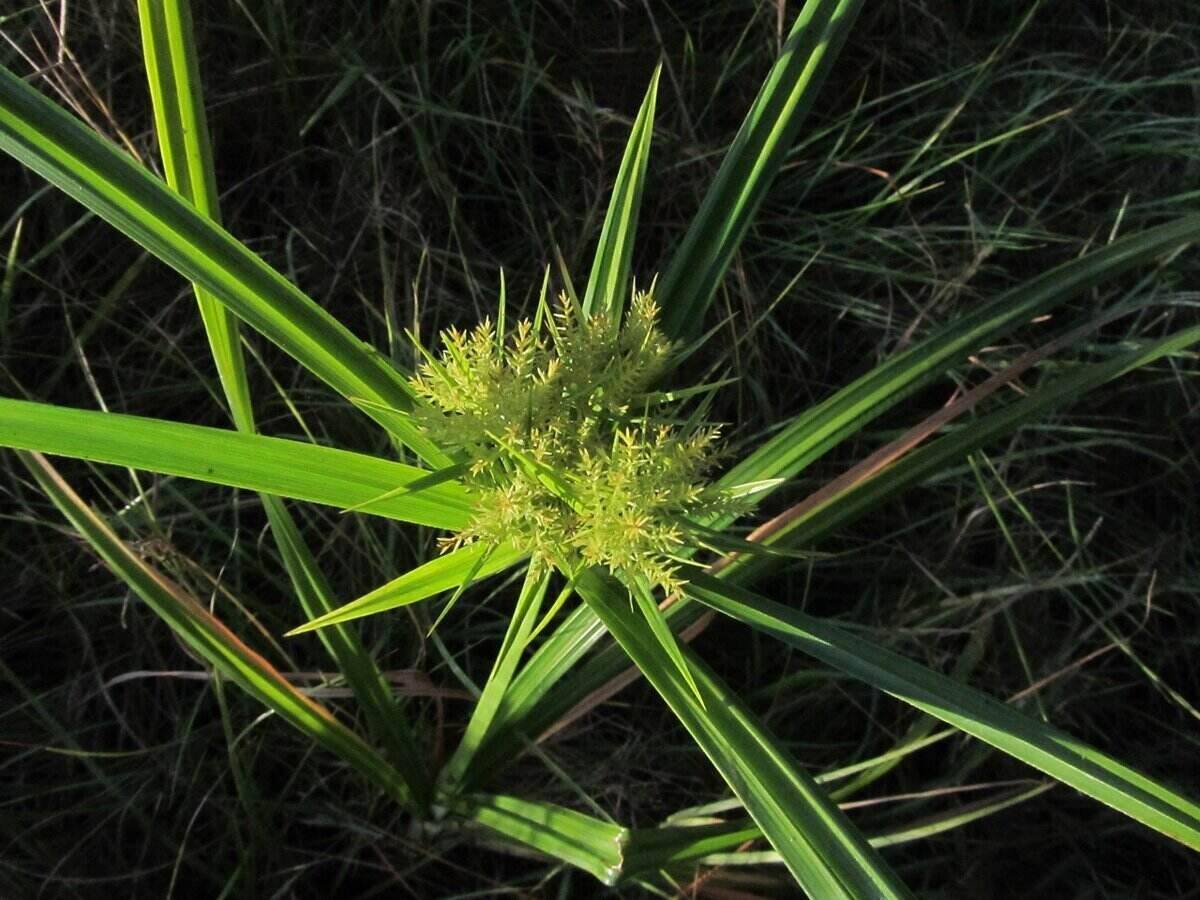
- Image 2: A field of yellow nutsedge plants. The plants are growing in a dense patch. The leaves are a bright yellow color.
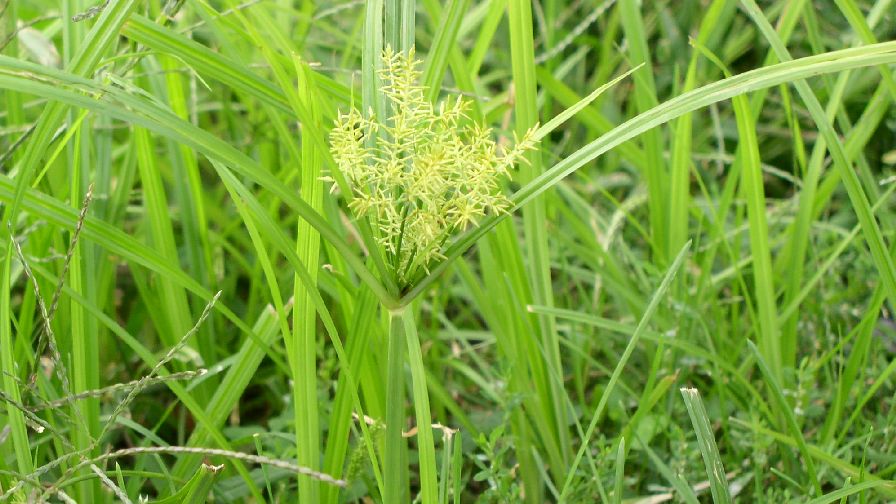
- Image 3: A yellow nutsedge plant with its tubers exposed. The tubers are brown and have a pointed tip.
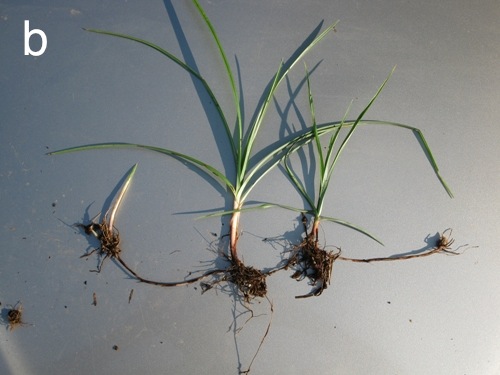
- Image 4: A rhizome of yellow nutsedge. The rhizome is a thick, brown root that grows underground.
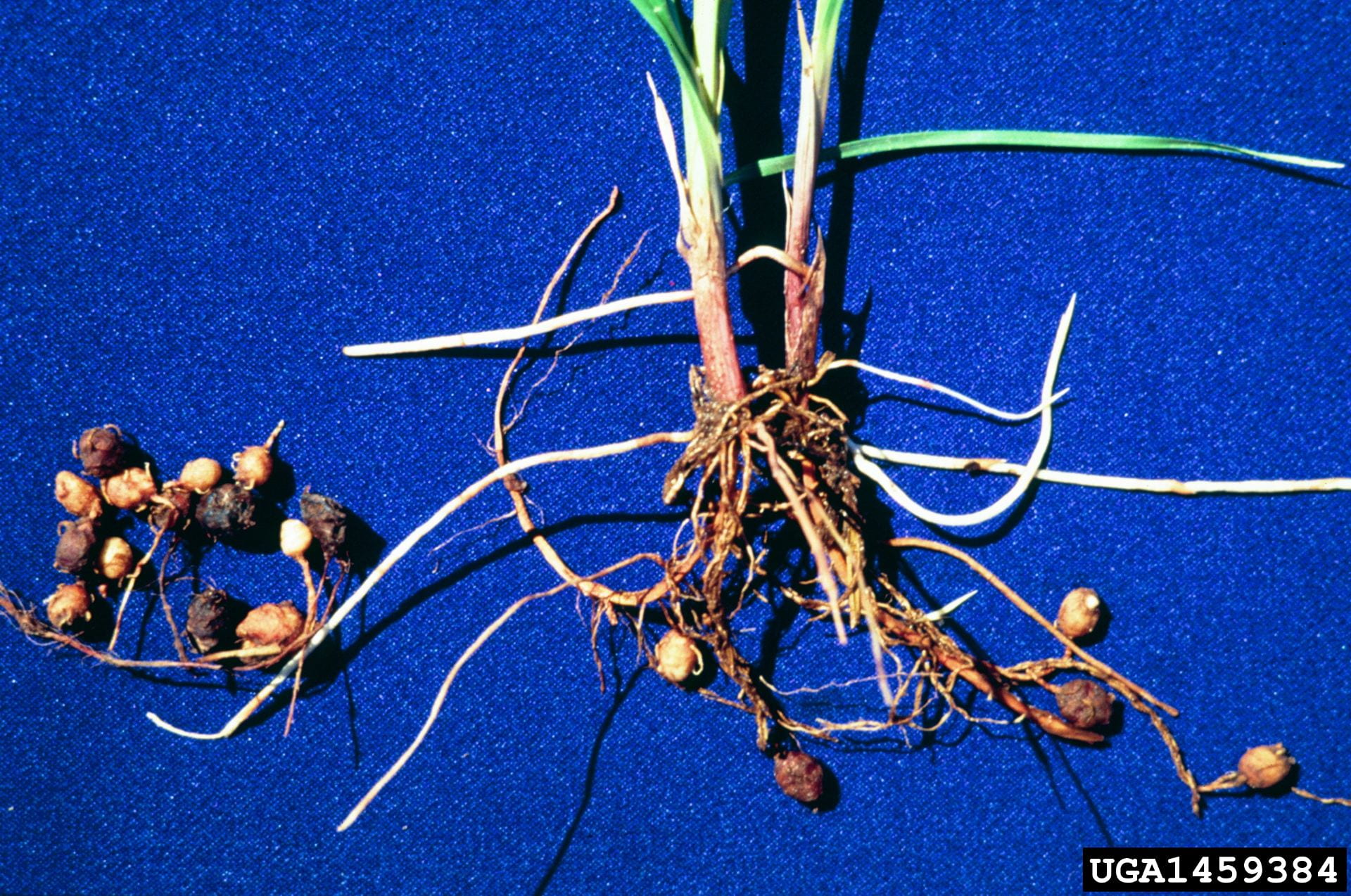
- Image 5: A flower head of yellow nutsedge. The flower head is a small, yellow cluster of flowers.
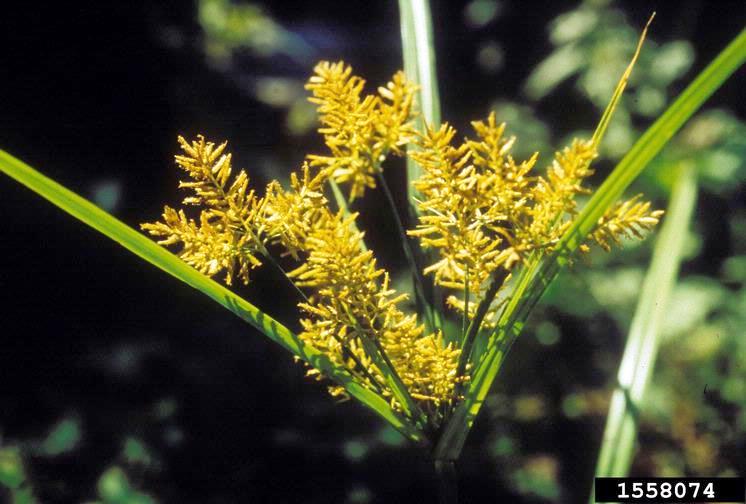
- Image 6: A seed head of yellow nutsedge. The seed head is a small, brown cluster of seeds.
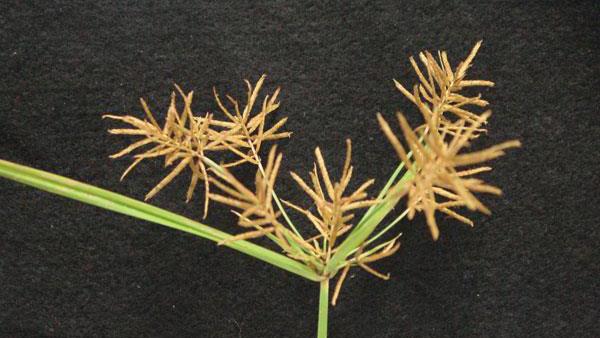
- Image 7: A yellow nutsedge plant in a pot. The plant is growing in a pot of potting soil.
- Image 8: A yellow nutsedge plant in a garden. The plant is growing in a garden bed.

- Image 9: A yellow nutsedge plant being pulled out of the ground. The plant is being pulled out by its roots.
- Image 10: A pile of dead yellow nutsedge plants. The plants have been killed by herbicides.

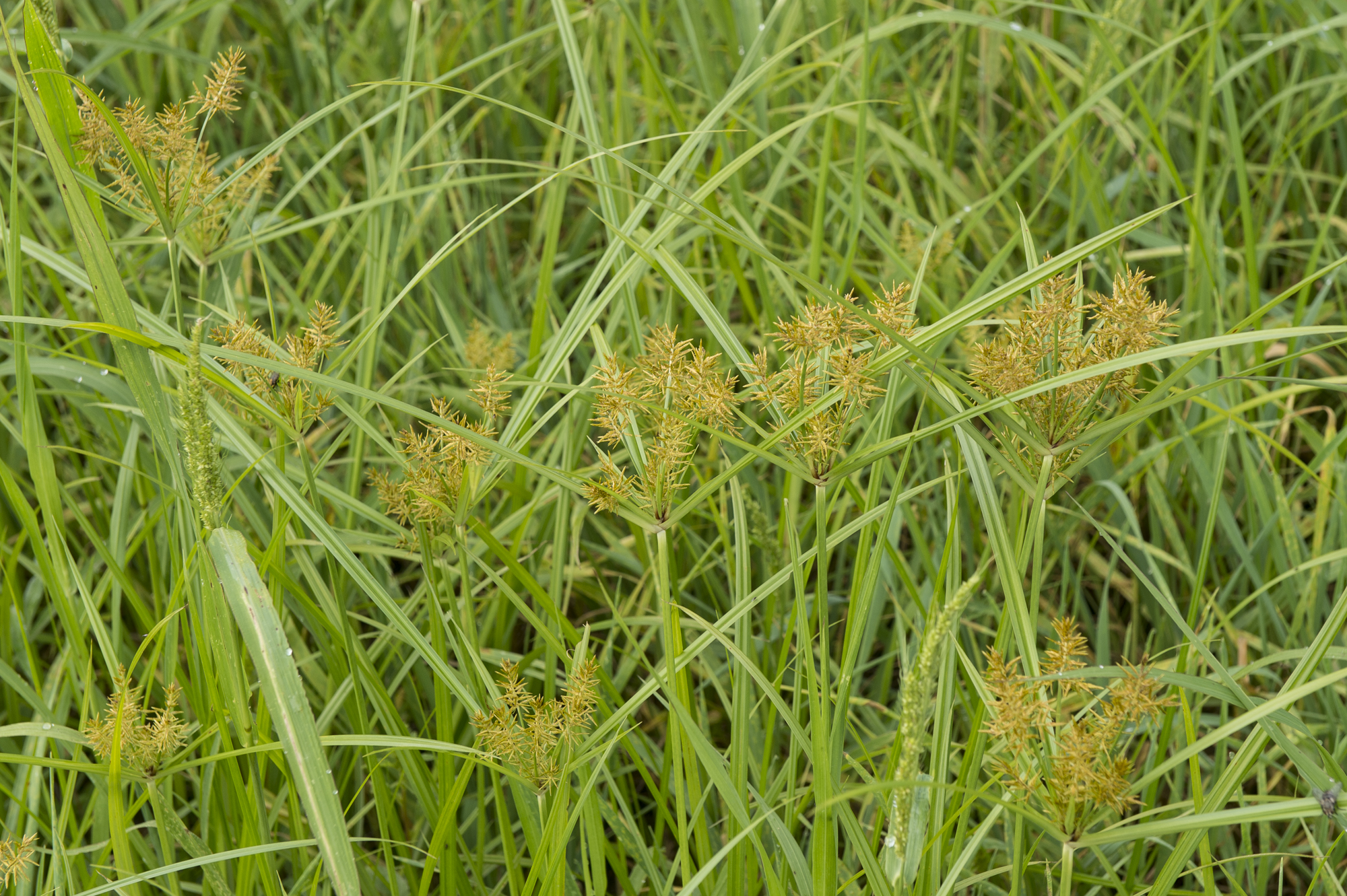
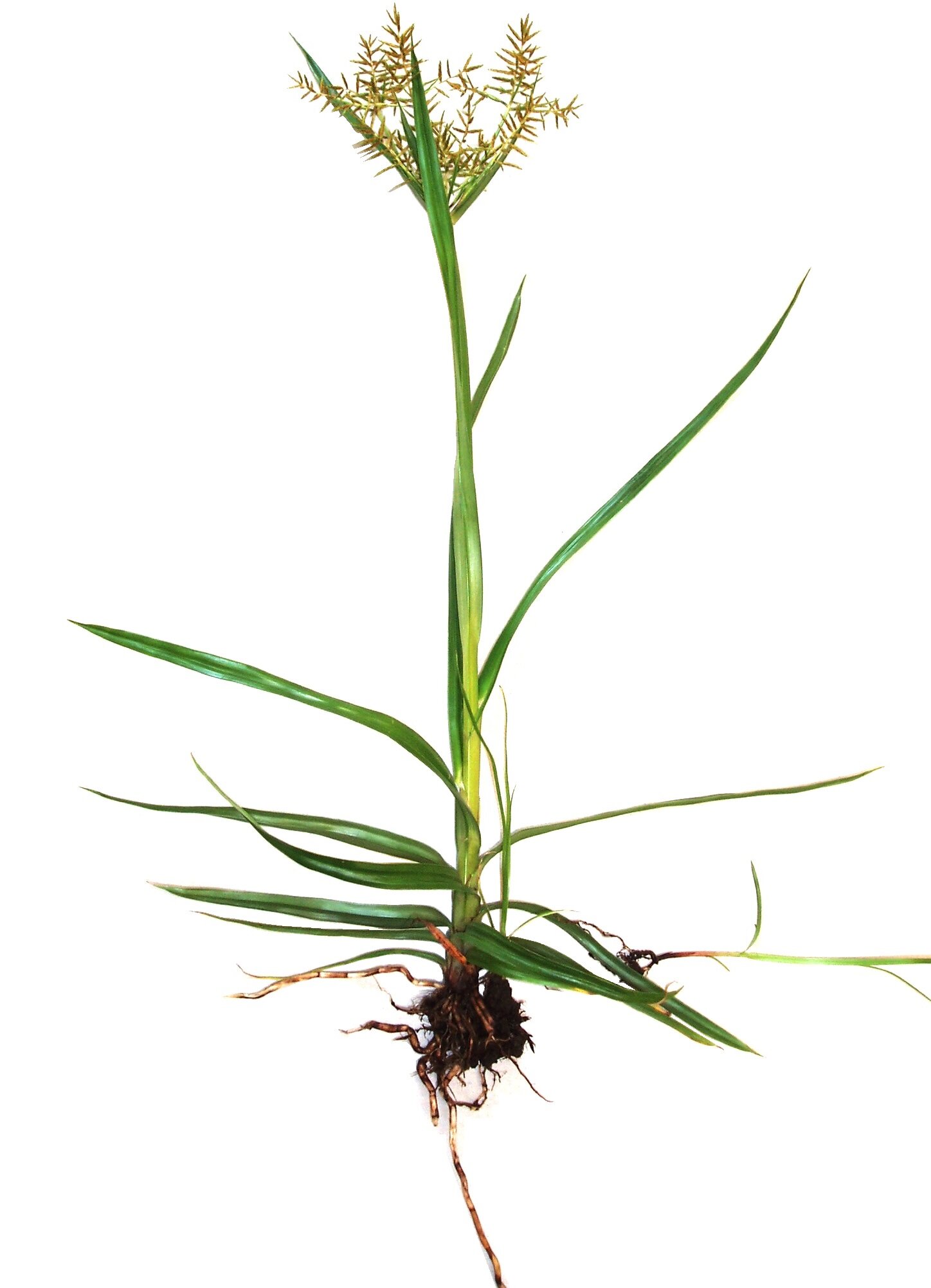
Post a Comment for "How To Get Rid Of Yellow Nutsedge For"